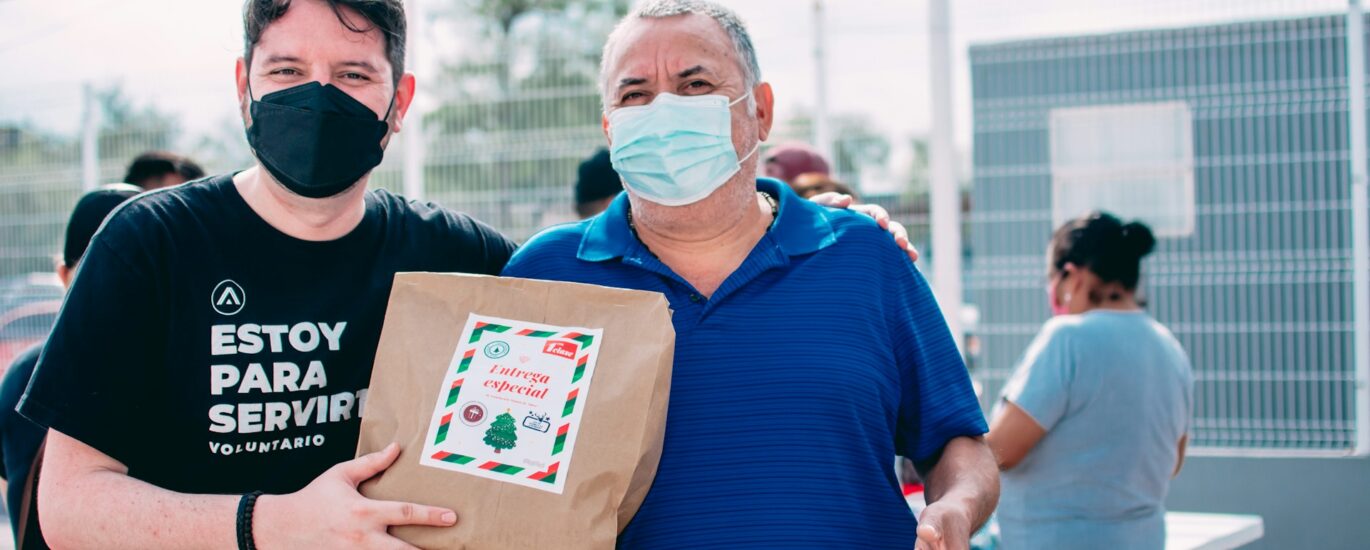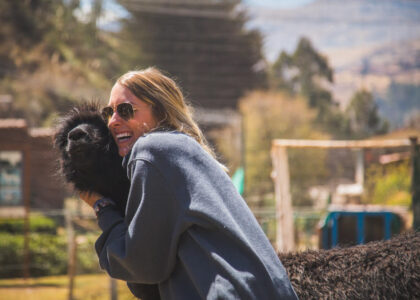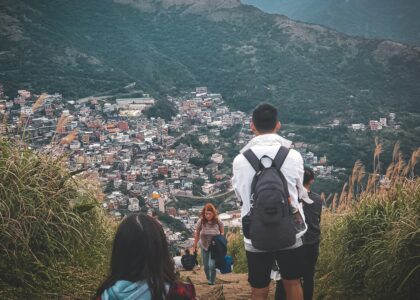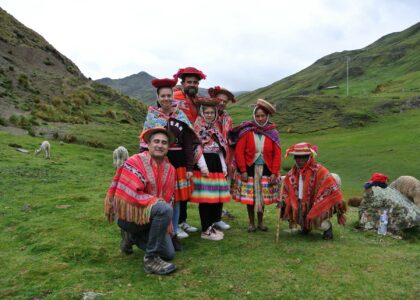As international travel resumes, prioritizing health and safety is essential for creating successful educational travel adventures. The pandemic has reshaped the way we approach student travel, introducing new protocols to protect everyone involved. With careful planning and adherence to best practices, you can ensure that students and staff can explore the world with confidence. Here’s a guide to navigating health protocols while embracing the opportunities of post-pandemic travel trends.

Prioritize Pre-Trip Preparation
Successful travel begins with preparation. Before departure, provide students and parents with clear guidelines on health requirements, including vaccination, testing, and quarantine policies for your destination. Research the latest government regulations and communicate them to your group.
Encourage students to pack health essentials like masks, hand sanitizers, disinfectant wipes, and a personal first aid kit. Preparing students to follow health protocols ahead of time fosters responsibility and ensures compliance during the trip.
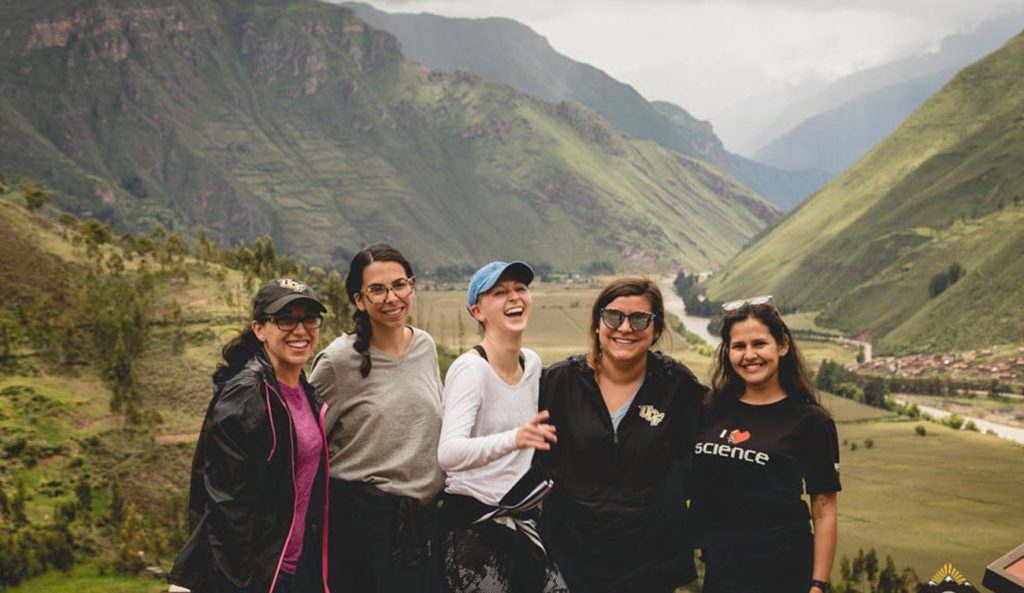
Partner with Trusted Travel Providers
Choose student travel programs that prioritize health and safety. Look for providers with established protocols, including partnerships with health experts and detailed emergency response plans. Trusted organizations such as MEDLIFE understand the unique needs of group travel and are equipped to adapt to evolving health guidelines, ensuring peace of mind for educators, parents, and students alike.

Foster Hygiene Awareness
Promoting good hygiene practices is key to keeping everyone healthy during educational travel adventures. Encourage frequent handwashing, provide hand sanitizer in shared spaces, and establish a routine for cleaning frequently touched surfaces like bus seats or shared equipment.
Be mindful of accommodations and dining options—opt for providers that maintain rigorous cleaning standards and prioritize safety without compromising the group’s experience.
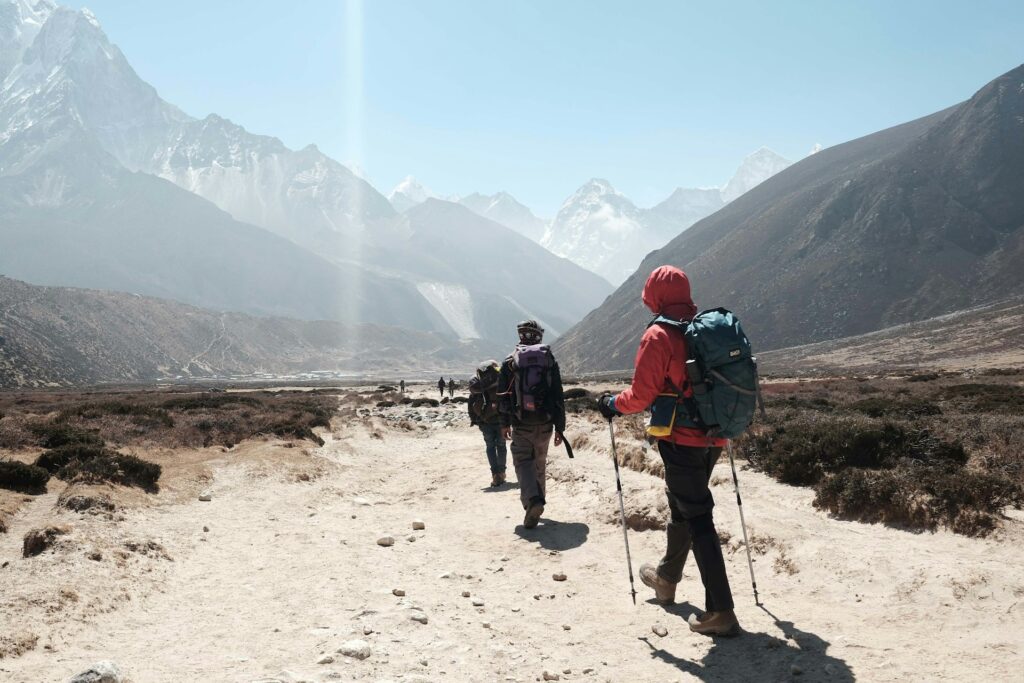
Embrace Outdoor Activities
One of the lasting post-pandemic travel trends is a preference for outdoor experiences. Incorporating outdoor learning into your itinerary not only aligns with health protocols but also creates memorable, hands-on educational opportunities. Nature-based activities, such as hiking, visiting outdoor cultural sites, or participating in community service projects, reduce indoor crowding and allow for safe exploration.
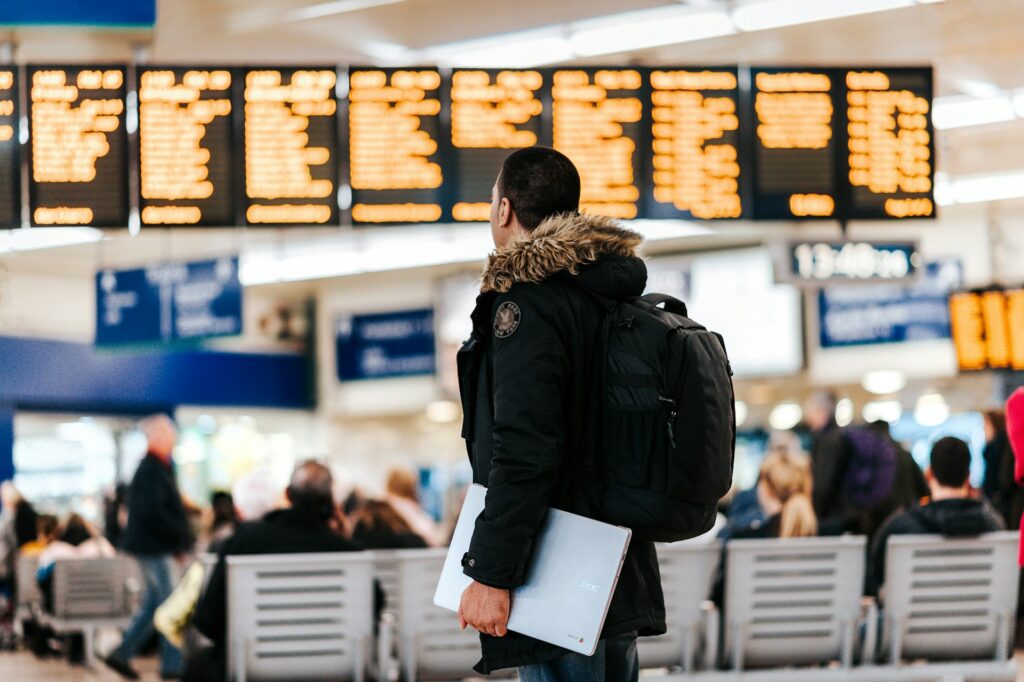
Stay Adaptable and Flexible
Health regulations can change quickly, so flexibility is essential. Prepare contingency plans for delayed flights, updated testing requirements, or changes in entry policies. Build in extra time for group activities and encourage patience among students and staff. A proactive, adaptable mindset will help your group navigate challenges while keeping the adventure enjoyable.

Encourage Post-Trip Reflection
After the trip, discuss how health protocols shaped the experience. Encourage students to reflect on their adaptability and resilience, emphasizing the importance of health and safety in future travel. These conversations not only reinforce lessons learned but also inspire responsible practices for upcoming student travel programs.
Engaged Education - Transformative Educational Travel Experiences
At Engaged Education, we’re committed to ensuring that educational travel adventures remain inspiring, safe, and accessible in a post-pandemic world. Our programs are designed with health protocols in mind, combining transformative learning opportunities with a strong focus on safety.
Ready to embark on a journey that prioritizes both education and well-being? Download our Engaged Education brochure to learn more about how we’re redefining student travel for the future.


